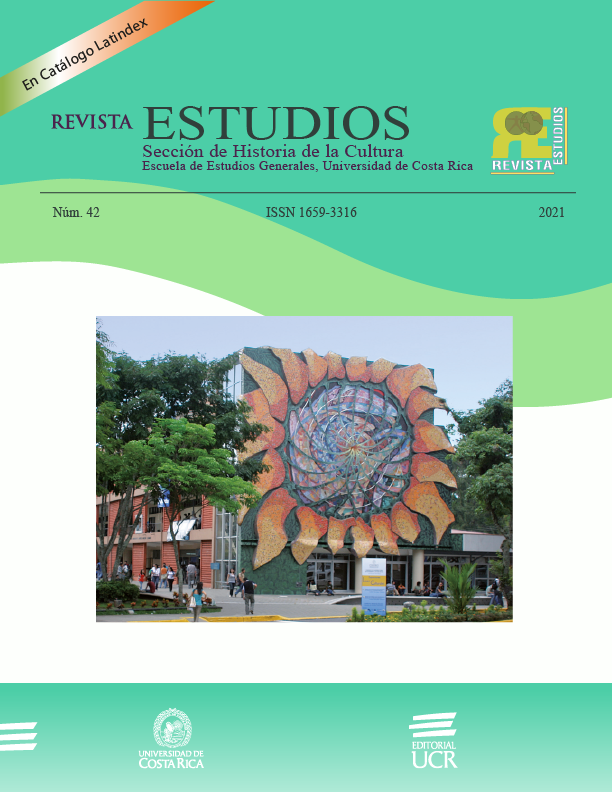Abstract
The Mesoamerican Center for Sustainable Development of the Dry Tropics (CEMEDE) of the National University, of the Chorotega Region, Nicoya Campus, together with the Vice-Rectory of Extension of the National University, began in 2014 the project: Establishment and management of farms integrated livestock farms adjacent to the wetland ecosystem of the Mata Redonda and Corral de Piedra Protected Wild Areas (ASP), in the geographic space corresponding to the Rosario de Nicoya community; Its objective was to build integrated management alternatives in a participatory manner with farmers neighboring the ASPs, through the implementation and evaluation of sustainable agricultural technologies, which allow an increase in the profitability of their business, reducing the impact on wetland ecosystems and vulnerability to effects of climate change. Due to the needs found in the community and to follow up on them, in 2017 the project began: Strengthening the business capacities and community development of the Association of Small Cattlemen of the Laguna de Mata Redonda, its objective was to improve the milk production and commercial system by strengthening the capacities of this Association.
The two projects mentioned above have been fundamental for the human development and environmental sustainability of the Rosario de Nicoya community. This article compiles the main results obtained from the implementation of both initiatives in the Rosario de Nicoya community, as well as the main benefits for the participants in terms of community, economic and environmental development.
References
ACT. (2016). Área de Conservación Tempisque (ACT). Recuperado de www.actempisque.org/rnvsmataredonda.
Artavia, M. (2004). Guía para la formulación de planes de manejo de áreas silvestres protegidas. Ministerio de Ambiente y Energía (MINAE), San José́, Costa Rica.
Cámara Nacional de Productores de Leche (Proleche). (2013). Red nacional de innovación tecnológica en forrajes y otros alimentos para una ganadería competitiva y sostenible (Periodo 2013-2017). San José. C.R. 35 p.
CEMEDE. (2021). Centro Mesoamericano De Desarrollo Sostenible del Trópico Seco. http://www.cemede.una.ac.cr.
Decreto Ejecutivo N° 22764-MIRENEM (Ministerio de Recursos Naturales, Energía y Minas). (1994).
Ezequiel Ander-Egg. (1982). Metodología y práctica del desarrollo de la comunidad.
Gómez, W. (2017). Ubicación geográfica Rosario de Nicoya. Atlas digital de Costa Rica. Proyección CRTM05. Datum WGS84. CEMEDE, UNA.
MAG. Ministerio de Agricultura y Ganadería de Costa Rica. (2021). http://www.mag.go.cr
MINAE. (2021). Ministerio de Ambiente y Energía. https://minae.go.cr.
Oficina Nacional Forestal (ONF). (2013). Guía Técnica SAF para la implementación de Sistemas Agroforestales (SAF) con árboles forestales maderables. San José. C.R. 33 p.
Proyecto Establecimiento y manejo de fincas pecuarias integradas aledañas al ecosistema de humedal del Área Silvestre Protegida Mata Redonda. (2014). Vicerrectoría de Extensión, Universidad Nacional
Proyecto Fortalecimiento de las capacidades empresariales y de desarrollo comunal de Asociación de Pequeños Ganaderos de la Laguna de Mata Redonda. (2017). Vicerrectoría de Extensión, Universidad Nacional.
SENASA. Servicio de Salud Animal de Costa Rica. (2021). http://www.senasa.go.cr
SIGMA Alimentos S.A. (2021). https://www.sigma-alimentos.com
SINAC. (2010). Sistema Nacional de Áreas de Conservación-SINAC del Ministerio de Ambiente, Energía y Telecomunicaciones-MINAET 2010. Políticas para las Áreas Silvestres Protegidas (ASP) del Sistema Nacional de Áreas de Conservación-SINAC 2011-2015. San José CR 44 pp.
UNED-SINAC. (2012). Plan General de Manejo del Refugio Nacional de Vida Silvestre Mata Redonda. Herramienta de Manejo Adaptativo y Planificación Estratégica. Universidad Estatal a Distancia. Sistema Nacional de Áreas de Conservación, Área de Conservación Tempisque. Nicoya, Costa Rica. 170p.
UNESCO. (1971). Convención Ramsar. Convención Relativa a los Humedales de Importancia Internacional.


